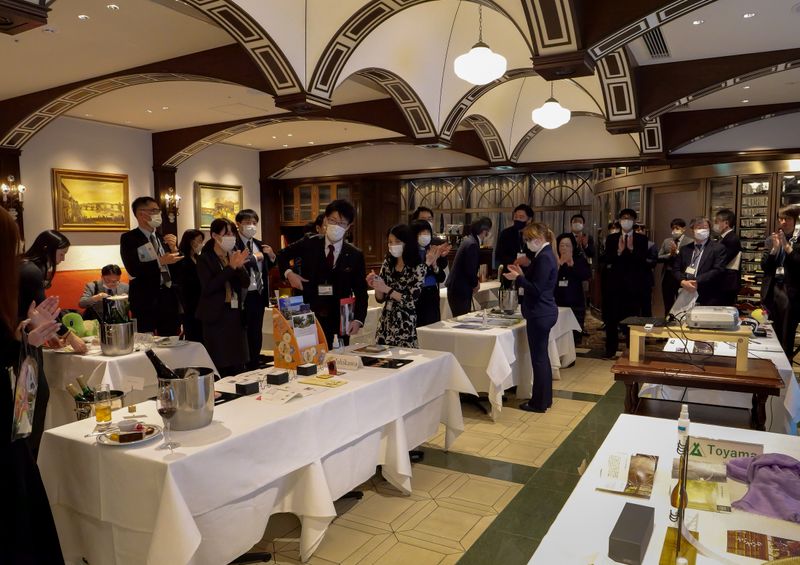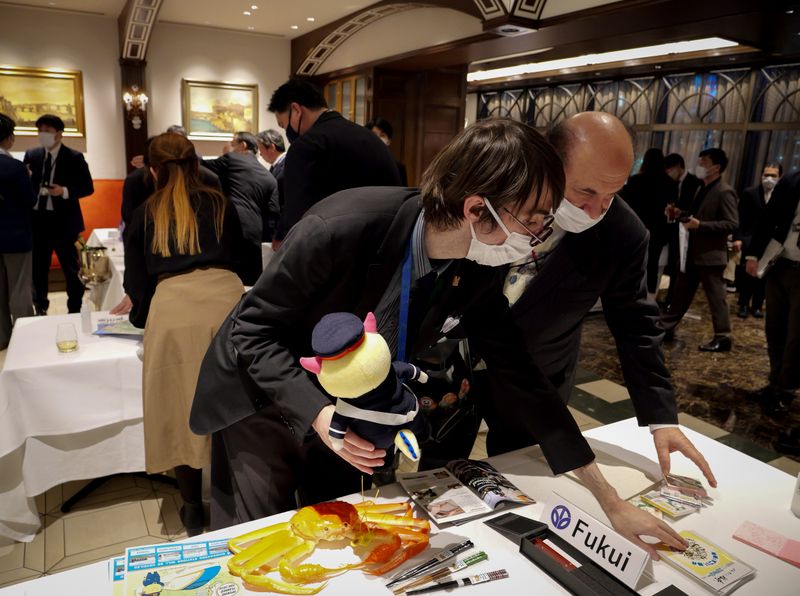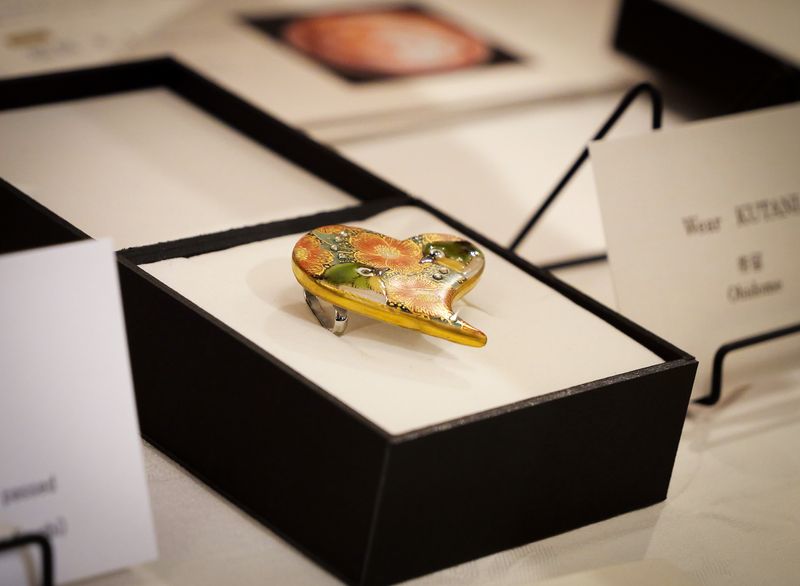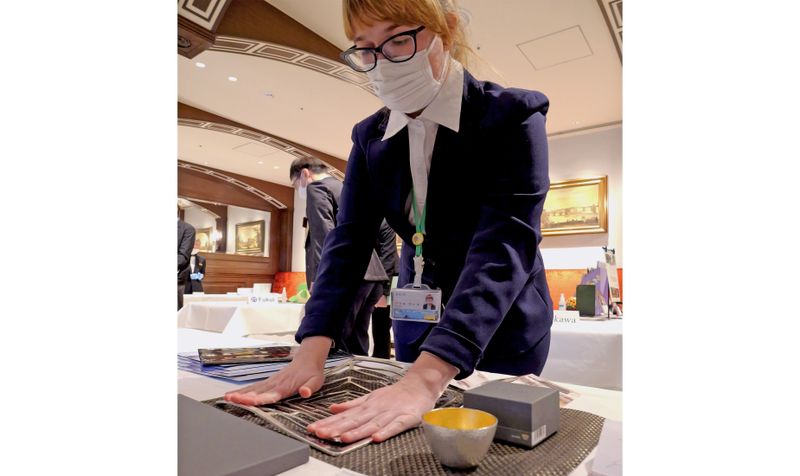Feb 9, 2023
People of Hokuriku Sanken prepare for new arrivals ahead of shinkansen extension

With the extension of Japan’s Hokuriku Shinkansen bullet train line set to reach Fukui Prefecture in March 2024, local governments and organizations from central Japan are joining together in preparation to welcome a new generation of post-pandemic travelers.
Related: Japan’s next top travel destination? Traveling through Fukui & the Hokuriku Sanken
Completion of the extension to the Hokuriku Shinkansen route, from Kanazawa in Ishikawa Prefecture to its new terminus at Tsuruga in Fukui Prefecture, will see the creation of direct train link between Tokyo and all the prefectures of an area known as the Hokuriku Sanken - the three prefectures of Toyama, Ishikawa and Fukui.
On January 31, just over a year out from the planned opening of the extension, representatives from the three prefectures addressed Japan-based members of the international media at an event in Tokyo’s Ginza district.
During the event speakers and representatives showcased some of what the Hokuriku Sanken has to offer travelers and introduced the efforts of local people behind initiatives to preserve and promote some of the region’s crafts and traditions.

(Products and crafts from Fukui Prefecture on display at an event in Tokyo.)
Echizen Takefu is one of four stations in Fukui Prefecture being prepared as stops for shinkansen services. Through the station, long-distance travelers will have smoother access to the prefecture’s Echizen region, a production center for a number of traditional crafts celebrated throughout Japan.
During the event in Tokyo, representatives showcased the forged knives of Echizen, known as “Echizen uchihamono.” Among them, steak knives from maker Ryusen Hamono were used by the bronze medal-winning Japanese team at the 2013 Bocuse d’Or. The knives so impressed judges at the biennial culinary competition that more than half of them made sure to take one as a souvenir, according to the maker.
The tradition of washi papermaking in Echizen goes back some 1,500 years - it’s only in this region that visitors will find a shrine in Japan dedicated to a goddess of paper, according to a representative of the Fukui prefectural government at the event.
Despite accounting for around 20 percent of the market share of handmade washi in Japan, making it the country’s largest production center, Echizen washi is struggling for resources.
Members of the media were introduced to one initiative aimed at addressing some of the resource challenges facing Echizen washi from maker Igarashi Seishi - “food paper” which is made from scraps of fruit and vegetables normally discarded as trash.
The idea to make paper from food actually came from Igarashi’s young son who put it into practice for an elementary school project over a period of five years. Igarashi Seishi Co. has since commercialized the paper.
The extension of the Hokuriku Shinkansen into Fukui Prefecture may represent something of a return to the former glory days of rail travel in the region. In the early 20th century a Europe - Asia international train service could take travelers from Tokyo to Paris on a single ticket, stopping at Tsuruga Port in Fukui Prefecture for boat connections to Vladivostok in Russia and from there, train connections all the way to Europe.
Following an earlier extension to the route, Hokuriku Shinkansen services between Nagano and Kanazawa in Ishikawa Prefecture, via Toyama, began operating in March 2015, making direct access from Tokyo possible.
"After the opening of the Hokuriku Shinkansen service Ishikawa is becoming a very popular tourist destination. However, Ishikawa still might be unknown to some travelers from abroad. We hope to change this," said Shigehiro Suzuki, director of the Shinkansen extension promotion office with the Ishikawa prefectural government.
While the city of Kanazawa, home to one of Japan’s most celebrated gardens in Kenrokuen, has been on the traveler’s radar for some time there is still work to be done in encouraging visitors to explore further afield, according to a local government representative.
The Oku-Noto Triennale Art Festival, scheduled to take place over September and October this year, will likely help to place a spotlight on Ishikawa's rugged and remote Noto Peninsula, northeast of Kanazawa.
During the event in Tokyo participants had the chance to see works created using Kutani-ware, a porcelain originating from Ishikawa’s Kaga region, south of Kanazawa. Through the initiative Wear Kutani, local female artists are using the porcelain, known for its elegant designs, to produce accessories including earrings and obidome belt clips used when wearing kimono.

(Accessory from the “Wear Kutani” initiative from Ishikawa Prefecture on display at an event in Tokyo.)
In neighboring Toyama Prefecture the Tateyama-Kurobe Alpine Route through Japan’s Northern Alps is perhaps the prefecture’s most famous attraction, thanks to images of its iconic snow walls known as “yuki no otani.”
“Hokuriku, and Toyama in particular, is a treasure trove of unique experiences,” said Yuko Hongo, director of international tourism at the prefectural government.
Among these experiences are three festivals - Takaoka Mikurumayama, Johana Hikiyama, and the Tatemon Festival - which are included on UNESCO's Intangible Cultural Heritage list.
Craft-making traditions in Toyama include Takaoka copperware and Inami woodcarving. Less well known might be works created from tin. During the event, representatives of the prefecture displayed items from the Toyama-based brand Nousaku which included a basket made from pure tin making it malleable and easy to form into different shapes by hand.

(Demonstrating a malleable basket made from tin in Toyama Prefecture at an event in Tokyo.)
Construction work on the extension of the Hokuriku Shinkansen route began in 2012 following government approval of the plan the same year. The extended route from Kanazawa to Tsuruga will cover a length of around 125km, according to the Japan Railway Construction Transport and Technology Agency.
Shinkansen journeys from Tokyo to Fukui along the new route will be possible in under three hours, around 30 minutes faster than currently available routes.



0 Comments